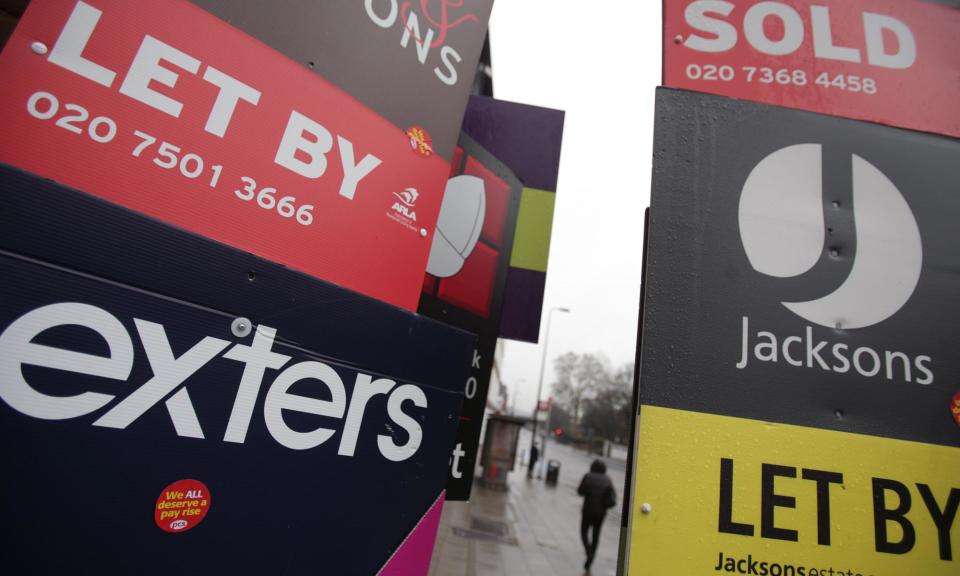Average rents in Great Britain climb to record high

Average private rents in Great Britain have risen to record highs, with annual rental growth in hotspot locations such as Reading and Coventry running at almost 20%.
Data from the property website Rightmove shows that the average advertised rent outside London climbed to a record £1,291 a calendar month in the first quarter of 2024. That is 8.5% higher than a year earlier – a rate of growth well ahead of inflation.
The typical London rent also hit a new high of £2,633, with average costs in the capital 5.3% higher than 12 months earlier. Annual rent growth in London has slowed significantly since the summer of 2022, when it peaked at 16.1%.
The overall figures disguise wide regional variations, with prices rising by more than double the national average in some areas.
Walton-on-Thames in Surrey continued to top the table, with annual rental growth running at 34.6%, according to Rightmove, while the figures for Coventry and Reading were 19.5% and 19.1% respectively.
Other areas reporting growth of between 17% and 19% include Bootle in Merseyside, Hertford in Hertfordshire, Southampton, Watford in Hertfordshire, and Paisley in Renfrewshire.
However, while typical advertised private rents for new properties coming on to the market are continuing to hit new records, the overall pace of rent growth is continuing to slow amid evidence that tenant affordability is being “severely tested”, according to Rightmove.
There was evidence that more landlords were having to cut the initially advertised rent in order to meet the affordability level of their local market. Almost a third (30%) of the largest “top-of-the-ladder” homes, including four-bedroom detached properties and all those with five or more bedrooms, were having advertised rents reduced – the highest figure for this time of year in 12 years.
Rightmove said that while the slowdown in the pace of rent growth would be welcomed by tenants, the private rented market was still “extremely busy”.
It estimated that almost 50,000 rental properties were needed just to bring supply back to pre-pandemic levels.
Rent rises have been blamed largely on demand greatly outstripping supply, and exacerbated by landlords with buy-to-let mortgages trying to pass on big increases in their costs caused by higher interest rates.
Tim Bannister, the website’s director of property science, said: “The rental market is no longer at peak boiling point, but it remains at a very hot simmer. Looking at data across the whole market, we can see some slow improvements for tenants, with more choice, and competition with other tenants slowly starting to ease.”

 Yahoo Finance
Yahoo Finance 